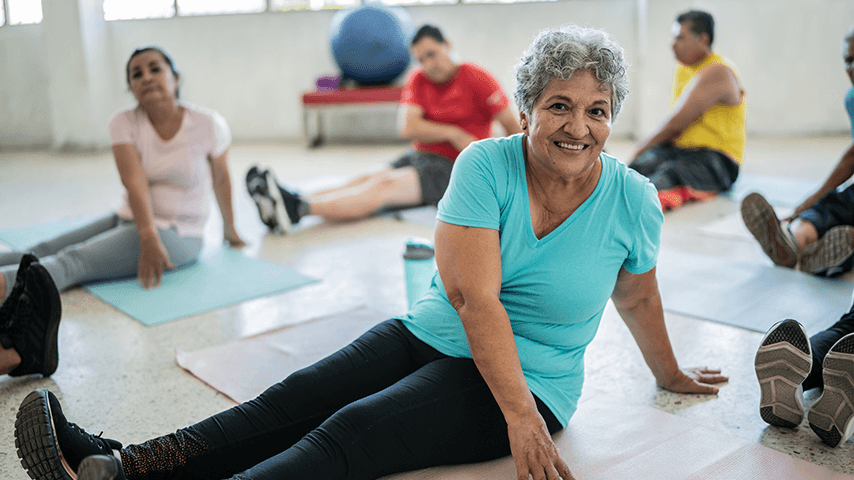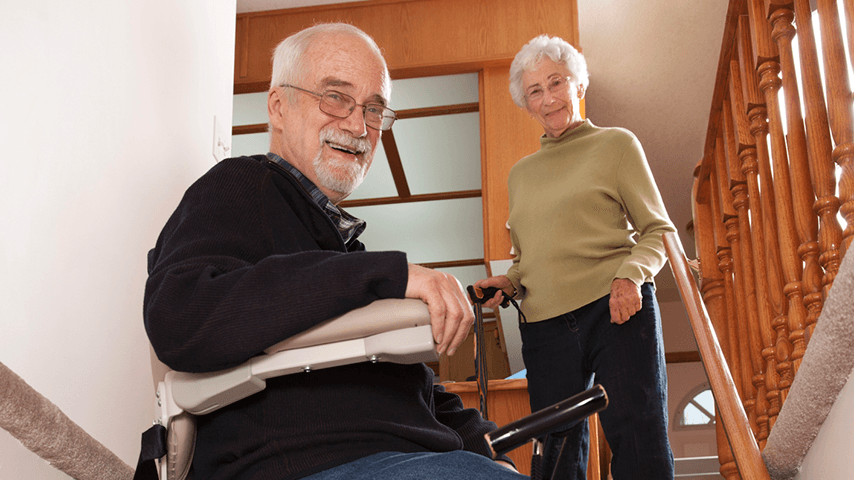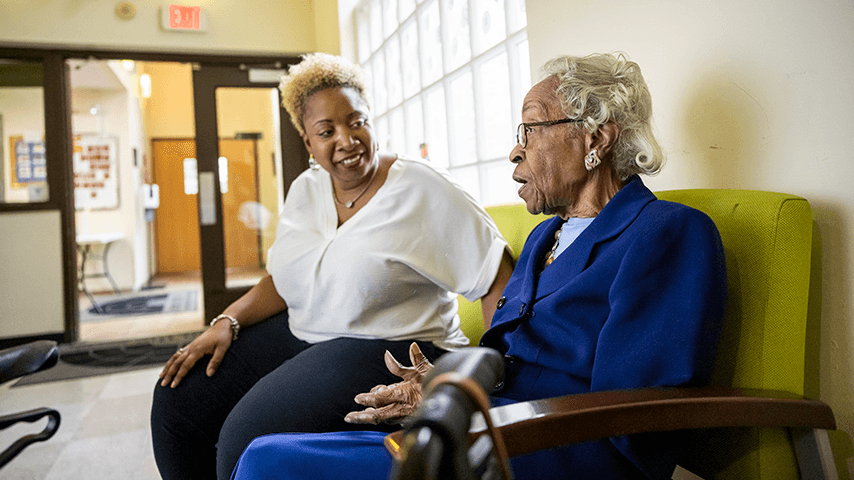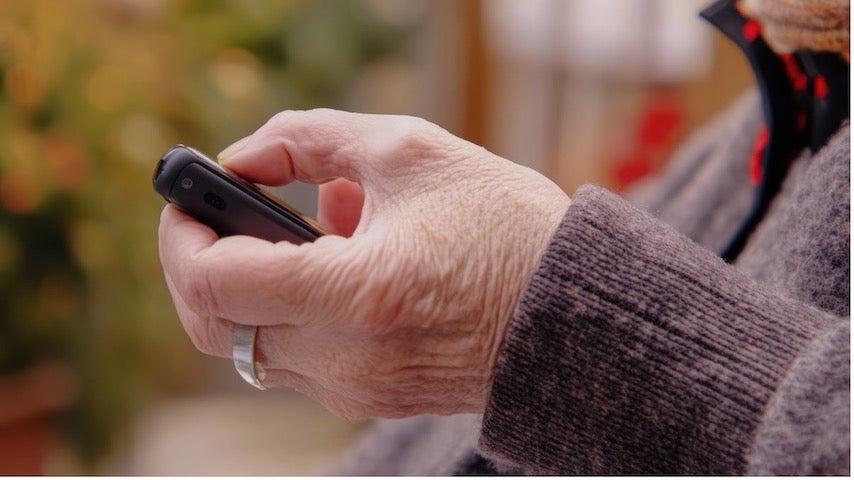Getting to and from the Floor: A Little Practice Can Help You Stay Independent
3 min read

Related Topics
Did you ever want to do an activity that involves sitting on the floor, but were concerned that you could not get up? You are not alone.
Why practice getting up from and down to the floor?
Whether you choose to sit on the floor for an activity, such as playing with your grandchildren or complete a household task, or because you’ve fallen, your ability to get down to and rise from the floor can make a big difference. Ease in getting to and from the floor can be important for maintaining your independence and continuing to enjoy the activities you love.
Only about half of people who fall can easily get back up on their own, even without an injury.1 By learning how to safely rise from the floor, you can avoid staying down for long periods and reduce the risk of complications, taking greater control of your health and well-being.
Learning or maintaining this skill can also play a key role in increasing your confidence in managing your risk of falls, a common issue in older adults. By practicing and mastering the techniques for safely and confidently lowering yourself to the floor and getting back up, you can:
- Participate in activities that are meaningful to you
- Gain confidence in your ability to recover from a fall
- Reduce anxiety, and
- Improve your quality of life
This confidence empowers you to stay active and continue enjoying activities that keep you healthy and socially engaged.
What if I can’t or have trouble getting up from the floor? What if the thought of getting down on the floor makes me worried?
Incorporating regular balance and strength exercises, along with practicing how to safely get up and down from the floor, can be a vital part of maintaining your independence. These activities help build the muscle strength, flexibility, and coordination needed not only to rise from the floor, but also to safely lower yourself down. In addition to building strength, there are great techniques that anyone can master. But they need to be tailored to your abilities.
A physical therapist can teach you personalized strategies and exercises to help you re-learn this skill and help you feel more steady in your overall mobility. If you're unsure where to start, reach out to a physical therapist.
How do I find a physical therapist?
Asking friends, family, your doctor, and even staff at your senior center for a recommendation can be helpful in finding a physical therapist who will partner with you. The American Physical Therapy Association (APTA) also provides an online search tool.
Will my insurance cover physical therapy?
Health insurance plans, Medicare, and Medicare Advantage plans cover physical therapy, especially if you are having trouble with your balance or walking. Check with your physical therapist and your insurance plan to see if you need a physician’s referral, and ask if there are any co-pays you will be expected to pay.
Source
1. Swancutt, D.R., et al. Knowledge, skills and attitudes of older people and staff about getting up from the floor following a fall: a qualitative investigation. BMC Geriatrices. October 2020. Found on the internet at https://bmcgeriatr.biomedcentral.com/articles/10.1186/s12877-020-01790-7



